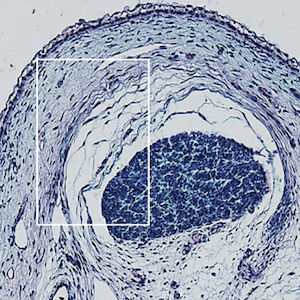Original Articles
13 October 2025
Vol. 54 No. 4 (2002)
Evaluation model of the effect of Rofecoxib on the co-prescription of gastroprotective agents observed during the treatment of ostheoarthritis
Publisher's note
All claims expressed in this article are solely those of the authors and do not necessarily represent those of their affiliated organizations, or those of the publisher, the editors and the reviewers. Any product that may be evaluated in this article or claim that may be made by its manufacturer is not guaranteed or endorsed by the publisher.
All claims expressed in this article are solely those of the authors and do not necessarily represent those of their affiliated organizations, or those of the publisher, the editors and the reviewers. Any product that may be evaluated in this article or claim that may be made by its manufacturer is not guaranteed or endorsed by the publisher.
750
Views
602
Downloads










